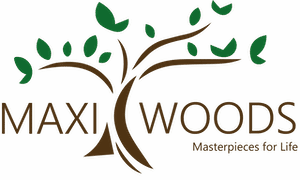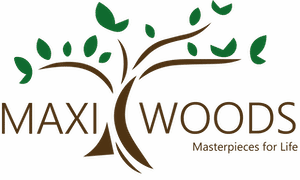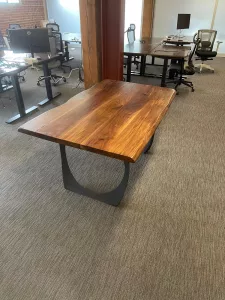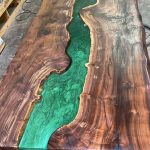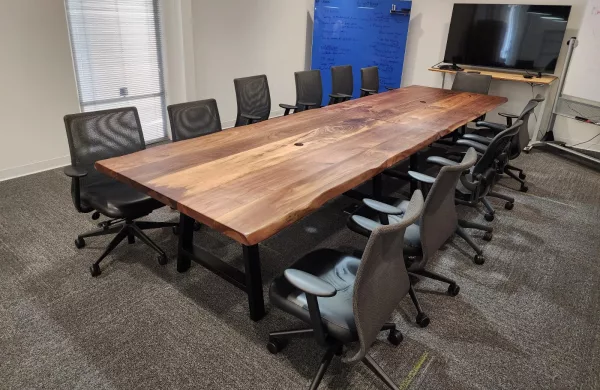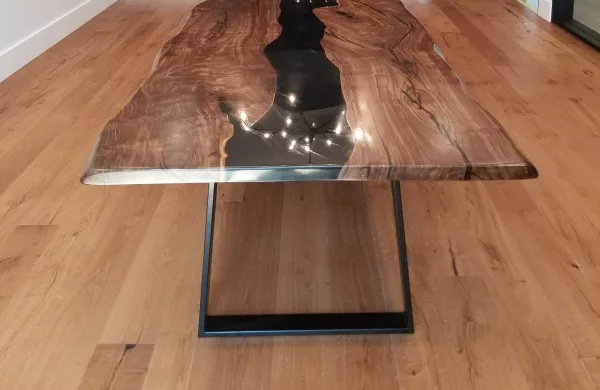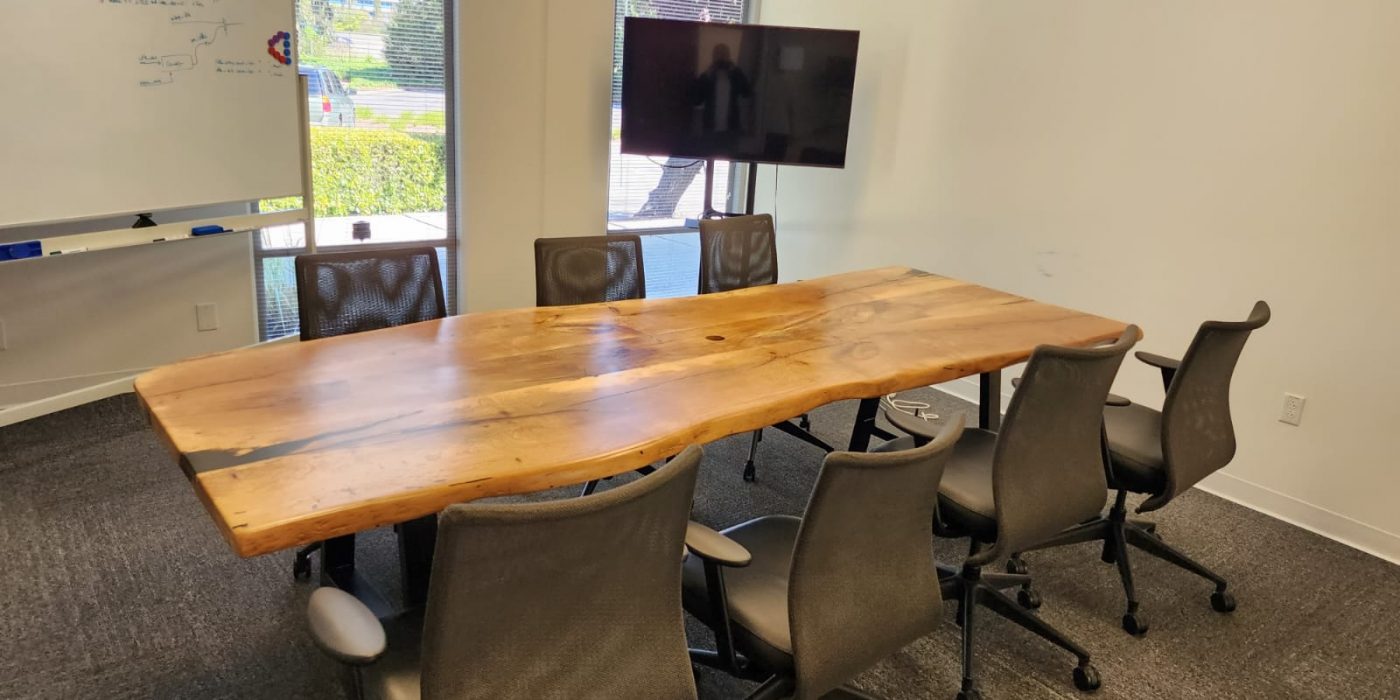
The conference table is the heart of any meeting room. It’s where ideas are exchanged, decisions are made, and collaborations come to life. The right conference table size is essential to ensure that every participant feels comfortable, engaged, and ready to contribute. In this comprehensive guide, we’ll explore the factors that influence conference table size, how to calculate the ideal dimensions and the importance of selecting the right shape. Let’s dive in and create a space that fosters productive discussions and successful outcomes.
By carefully evaluating the number of participants, room dimensions, intended use, and other factors, you can select the perfect conference table size that aligns with your vision, enhances collaboration, and creates an inviting environment for successful meetings. A well-chosen conference table becomes a cornerstone of your workspace, fostering creativity, productivity, and meaningful interactions.
Understanding Your Space
Before we delve into the intricacies of conference table size, let’s start with the fundamentals: understanding your space and its intended use. A successful conference table selection depends on a clear understanding of these key factors:
- Number of Participants: The size of your conference table should be directly proportional to the number of people you expect to host. Whether it’s a small team huddle or a large-scale board meeting, you want everyone to have ample space without feeling cramped.
- Room Dimensions:The size of the meeting room or boardroom is a crucial consideration. You need to strike the right balance between the table size and the available room space. A table that’s too large can make the room feel congested, while a table that’s too small may not accommodate all participants comfortably.
- Purpose of the Table:What will happen around the conference table? Is it primarily for formal presentations, collaborative discussions, brainstorming sessions, or a combination of activities? The intended use can influence the shape and features you need in a conference table
Calculating the Perfect Table Size
Now that we have a solid foundation let’s move on to the nitty-gritty of determining the ideal conference table size. This process involves several steps to ensure that everyone has the space they need and the room feels welcoming and conducive to productive conversations:
- Room Dimensions: Start by measuring the length and width of your meeting room. This forms the basis for determining how much space you have available for the conference table.
- Account for Circulation:In addition to the conference table itself, you need to consider the circulation space around it. Allow for at least 3 feet of clear space around the table to ensure easy movement and access for participants.
- Seating Space:Each participant needs a designated area to sit comfortably and have sufficient elbow room. A minimum of 30 inches per person is a general guideline, but consider providing more space for added comfort, especially if laptops, documents, or presentation materials will be on the table.
- Shape Matters: The shape of the conference table affects both seating capacity and the dynamics of interactions. Rectangular tables are efficient for maximizing seating, while round tables promote inclusivity and natural eye contact.
- Consider Future Needs: As your organization grows or changes, your conference room requirements may evolve. Factor in potential future growth when selecting a table size to ensure it remains suitable in the long term.
Selecting the Right Table Shape
The shape of your conference table goes beyond aesthetics—it also influences the overall atmosphere and interactions during meetings. Here are common table shapes and their benefits:
- Rectangular Tables:
Rectangular tables are optimal for larger conference rooms, efficiently utilizing space and accommodating more participants per square inch. Ideal for formal presentations and board meetings, their elongated shape provides a clear focal point, enhancing organization and facilitating the arrangement of laptops and materials.
- Round Tables:
Round tables promote equality and active participation, making them perfect for collaborative discussions, brainstorming, and fostering a relaxed atmosphere. With no hierarchical seating, they encourage cross-functional communication and inclusivity in decision-making, creating an inviting space for idea-sharing.
- Boat-Shaped Tables:
Combined with the efficiency of rectangular tables with elegant curved edges, boat-shaped tables offer both functionality and aesthetics. The curvature facilitates natural conversation flow while the central area remains clear for presentations. A balance between style and space optimization makes them suitable for sophisticated conference rooms.
- Racetrack Tables:
Similar to boat-shaped tables, racetrack tables feature curved edges for a softer aesthetic, accommodating a good number of seats while maintaining a slightly informal touch. They strike a balance between rectangular formality and round-table interaction, ideal for discussions that require focus and engagement.
- Modular Tables:
Modular tables provide ultimate flexibility, allowing configurations to suit various meeting formats. Perfect for dynamic spaces, they adapt to collaborative brainstorming or formal presentations, making them versatile, functional, and stylish, catering to the needs of diverse organizations.
Things to consider
Beyond the size and shape, a few additional considerations can enhance the effectiveness of your conference room:
Power Accessibility:
- Power Accessibility is crucial to ensure that participants have easy access to electrical outlets for their devices and equipment.
- Opt for conference tables equipped with built-in cable management systems to neatly organize cables, preventing tangles and reducing clutter on the table’s surface.
Seating Comfort:
- Comfortable seating fosters an environment conducive to focused discussions, helping participants stay engaged and productive during lengthy meetings.
- Ergonomic chairs with adjustable features contribute to better posture, reducing the risk of discomfort and fatigue and ultimately enhancing the overall meeting experience.
Quality and Budget:
- Striking a balance between quality and budget ensures that you invest in a conference table that meets both functional and financial considerations.
- Investing in a high-quality, well-crafted conference table not only ensures longevity but also reflects your commitment to creating a professional and welcoming environment for meetings.
Future Growth:
- Anticipate your organization’s growth by selecting a conference table that offers the flexibility to accommodate additional participants as your team expands.
- A scalable table design allows you to adapt to changing needs without the need for frequent replacements, saving both time and resources.
